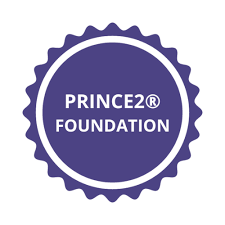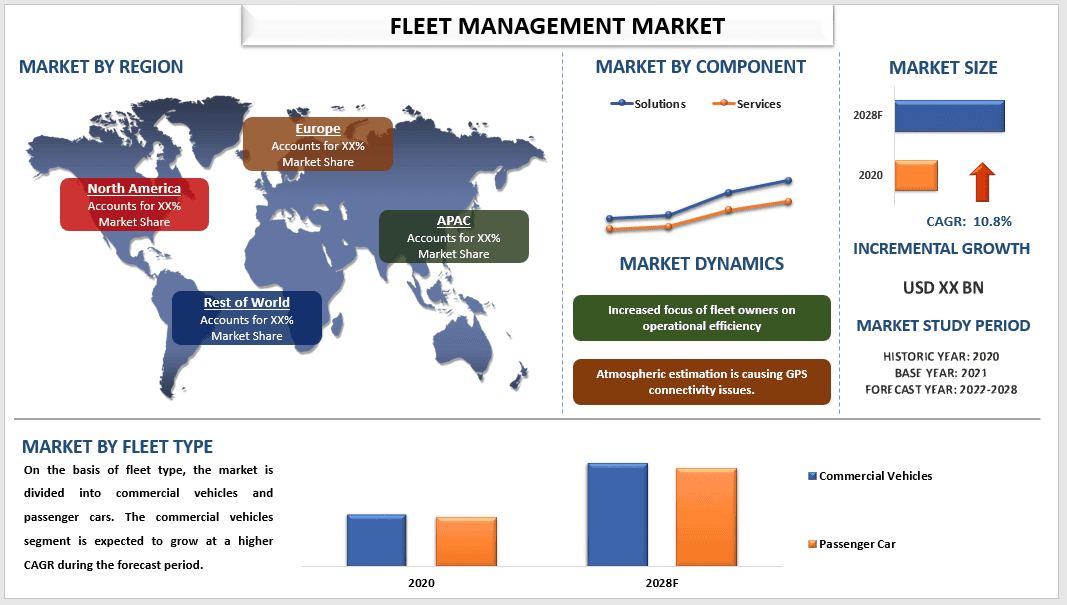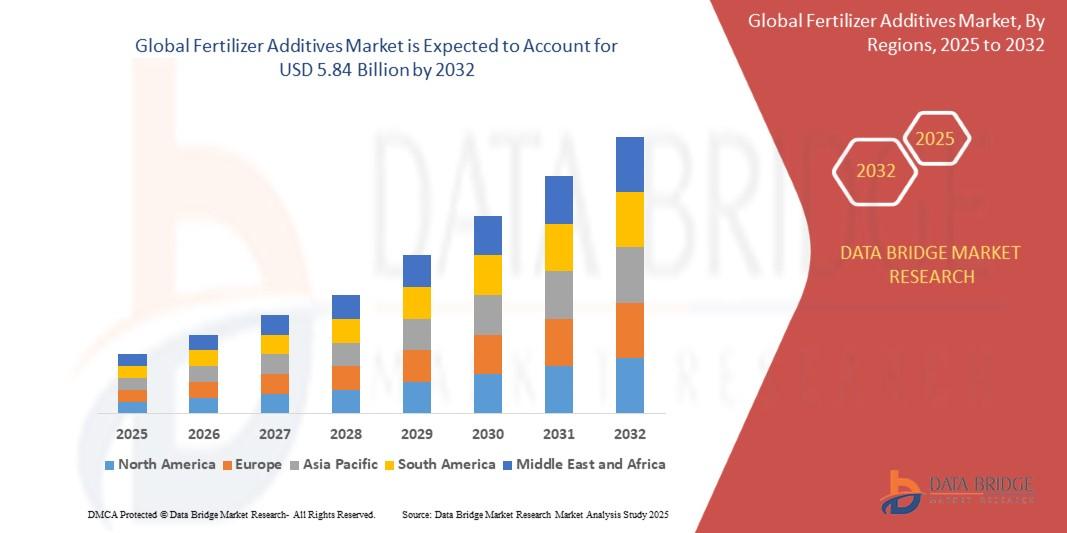PRINCE2 and Benefits Management: Ensuring Project Success Beyond Deliverables

In today's fast-paced and results-driven business environment, simply delivering projects on time, within budget, and to the required quality standards is no longer enough. Organizations are increasingly focusing on how projects deliver real value and benefits to the business. This is where Benefits Management becomes crucial, and integrating it with the PRINCE2 project management methodology can significantly enhance project success.
Benefits Management refers to the process of identifying, defining, planning, tracking, and realizing the expected benefits from a project. While PRINCE2 provides a structured approach to managing projects, it doesn't explicitly address how to manage benefits—this is where aligning PRINCE2 with Benefits Management comes into play. In this article, we will explore how PRINCE2 and Benefits Management can work hand-in-hand to create value and improve project outcomes.
What is Benefits Management?
Benefits Management is a structured approach that ensures the benefits expected from a project are clearly defined, planned, and ultimately realized. These benefits could be tangible, such as increased revenue or cost savings, or intangible, such as improved customer satisfaction or better stakeholder engagement.
The key components of Benefits Management include:
- Benefit Identification: Identifying what the project is expected to deliver in terms of business value.
- Benefit Definition: Clearly articulating what each benefit will look like and how it will be measured.
- Benefit Planning: Developing a detailed plan for how each benefit will be realized.
- Benefit Realization: Tracking and ensuring that benefits are actually achieved during the project lifecycle and beyond.
PRINCE2 Overview and its Relevance to Benefits Management
PRINCE2 (Projects IN Controlled Environments) is a widely adopted project management methodology that focuses on delivering successful projects within controlled environments. PRINCE2 is built on seven principles, seven themes, and a set of processes that guide projects from initiation to closure. It provides a structured approach to project management but traditionally focuses more on the process, time, cost, and quality aspects of a project.
However, PRINCE2 does acknowledge the importance of benefits, especially through its Business Case theme. The Business Case is a critical document that justifies the project and outlines the expected benefits. According to PRINCE2, the Business Case should be continuously updated throughout the project lifecycle, ensuring that the benefits are actively tracked and realized.
Integrating Benefits Management into PRINCE2
Integrating Benefits Management into PRINCE2 adds significant value to the methodology. It ensures that the focus is not just on delivering outputs but also on achieving the outcomes that will drive business value. Here’s how the two can be aligned:
1. The Business Case as a Tool for Benefits Realization
In PRINCE2, the Business Case is the foundational document that defines the justification for the project. It serves as a reference throughout the project to ensure that the project stays on track and continues to deliver value. Benefits Management can be integrated directly into the Business Case by:
- Defining the Benefits: The Business Case should clearly outline the expected benefits of the project, including both tangible and intangible benefits.
- Measuring Benefits: It should also describe how the benefits will be measured, ensuring that there are quantifiable metrics to track progress.
- Benefits Tracking: The Business Case must be continuously updated to reflect the status of the benefits throughout the project’s lifecycle.
2. Continual Business Case Review
PRINCE2 emphasizes the importance of the Business Case being reviewed at the start of each stage. This review process offers a natural opportunity to assess the project's progress towards realizing its expected benefits. Benefits Management can be incorporated into this stage gate process to evaluate if the benefits are still achievable, and if any changes to the approach are needed.
3. Benefit Ownership and Accountability
PRINCE2’s governance structure assigns clear roles and responsibilities. When it comes to Benefits Management, assigning benefit owners is essential. These are individuals responsible for ensuring that the benefits are realized post-delivery. By holding specific team members accountable for the benefits, the project team ensures that there is focus and accountability on delivering the intended value.
4. Post-Project Benefits Review
PRINCE2 includes a Post-Project Evaluation phase, which is an excellent opportunity to review whether the benefits were actually realized. This should be a formal part of Benefits Management and involve:







